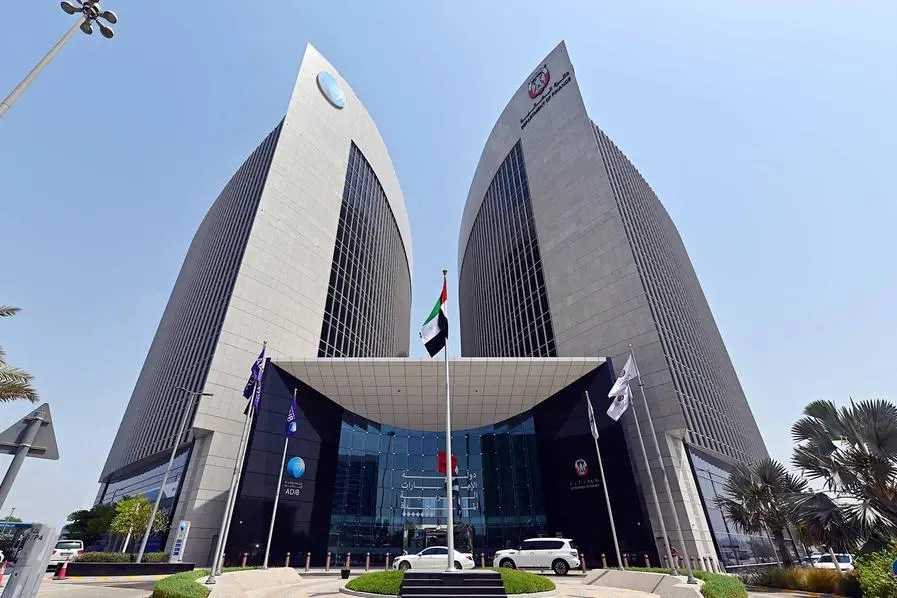PHOTO
Diversity in work team using internet on phones and digital tablet for teamwork growth in the office. Professional staff work with 5g technology to match work schedule online the company website. Image used for illustrative purpose Getty Images
Ugandans cite a lack of Internet access, poor mobile network and bad customer service as the top barriers to using digital payments for local transactions, stalling the uptake.
This is despite digital payments becoming a crucial financial tool where most of Africa has made strides.
While about 61 per cent of Ugandans currently use digital money solutions, a majority access them through feature phones and use them mostly to buy airtime and save money, as opposed to paying for goods and services or transferring money with friends and family.
A new study by financial inclusion advocacy AfricaNenda, the Economic Commission for Africa and the World Bank reveals that in other African countries, digital payments uptake is picking pace and helping boost financial inclusion and trade within and across borders.
The report reveals that across Africa, “users are increasingly gravitating towards these mobile-based solutions [like smartphone applications], as they offer higher reliability and functionality.”However, in Uganda, more than 75 per cent of those using digital payments access them through USSD (Unstructured Supplementary Service Data) codes, which are accessible using feature phones and work even in poor mobile network connectivity areas.
This has limited the use of digital payments to airtime purchases, even as most countries across the continent advance towards digital payments for sending and receiving money to and from friends and family and for paying for goods and services.
This may not necessarily be the liking of Ugandans, but a situation resulting from the lower mobile network coverage and Internet penetration compared to peers in the region and across the continent.
Mobile network coverage is currently estimated at 31 per cent in Uganda, according to the International Telecommunications Union. Internet penetration and smartphone usage are at about 30 per cent, much lower than in neighbouring Kenya.“Complete lack of or limited internet access is a significant access barrier for surveyed non-users, especially in Uganda,” AfricaNenda says in the report.“In situations where using digital payments requires an internet connection, respondents face difficulties accessing the service or are completely locked out when the internet is not available.”Of the five countries spotlighted by the report, payment for goods like house shopping and services like bus fare was the top use of digital payments for 2 (Algeria and Mauritius) while airtime purchase was top in Ethiopia, Guinea, and Uganda, where instant payment technology still lags.
Uganda’s main digital payment solution is mobile money, operated by private local telecommunication firms, but lacks a banking sector instant payment solution enabling use of mobile devices to transact through traditional bank accounts.
Neighbouring Kenya, Rwanda and Tanzania all have banking sector or cross-domain digital payment solutions, which make it easier for people to pay for goods and services, transfer money, or save and borrow not just from mobile money accounts, but also from traditional bank accounts.
Across Africa, the number of instant payment systems (IPS) has improved from 26 two years ago to 31 currently, with fastest growth being in cross domain platforms like Rwanda’s eKash, and mobile money platforms like M-Pesa in Kenya.
The progress notwithstanding, challenges persist and the uptake of the digital payment solutions remains underwhelming in most countries – a result of multiple barriers, AfricaNenda notes in the research.
Cost, is especially a stubborn barrier, cited by about 17 percent of those that are not already using mobile money on the continent. Data privacy concerns, lack of trust, and lack of awareness and knowledge are also significant barriers to the usage of the emerging payment solutions across Africa. © Copyright 2022 Nation Media Group. All Rights Reserved. Provided by SyndiGate Media Inc. (Syndigate.info).





















